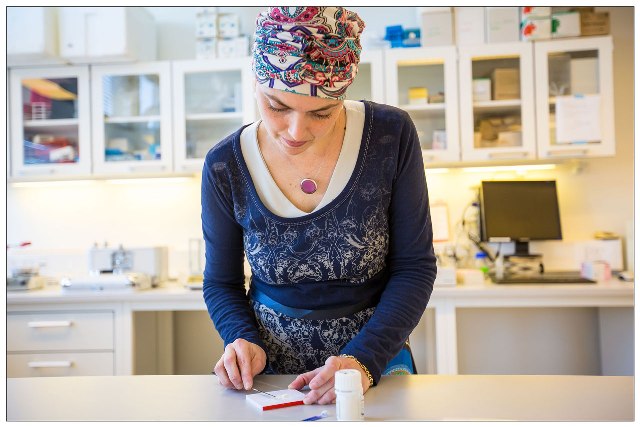Mar 12 2015

An interdisciplinary team of researchers from the Faculty of Health and Medical Sciences at the University of Copenhagen and the Niels Bohr Institute at the University of Copenhagen have developed a new tooth filling material using glass ionomer cement.
As tooth decay is a severe health problem requiring frequent cavity repair, dentists have resorted to many types of fillings in the past. Initially, amalgam, also referred to as silver amalgam filling, was used. It was a reasonably sturdy material, but as it contained mercury, which is poisonous, use of the material has now stopped.
Currently, a composite filling material made from acrylate compounds is being used as it is not only strong to handle powerful chewing movements but also resembles the color of the teeth.
Glass ionomer cement has the advantage that it does not need an intermediate layer of adhesive to bond to the tooth and it also has the interesting property in that it releases fluoride, which of course help to prevent cavities (caries).
The material also has good biological properties, while it is almost as strong. Our research therefore focuses on understanding the connection between the microstructure of the material and its strength in order to improve its properties.
Ana Benetti, dentist and researcher at the Faculty of Health and Medical Sciences at the University of Copenhagen
However, composite filling materials have certain drawbacks. They have to be replaced frequently in patients who tend to have recurring cavity issues. Another disadvantage is that an adhesive is needed to bond the composite materials to the tooth, thereby making this filling process quite vulnerable.
The interdisciplinary team decided to create a completely different mercury-free material and they found their answer in glass ionomer cement. The research results have been published in the scientific journal, Scientific Reports.
Furthermore when pulverized, glass ionomer cement can be manually mixed with a liquid without the need for special tools, and there is no need to solidify the material using light from a lamp, this property being a key characteristic of composite materials. This unique property of the glass ionomer cement makes it a viable choice in remote areas of in Africa, South America, or China where electricity is unavailable.
The researchers analyzed two types of glass ionomer cement. The base material – cement remained the same in both the types; however they used a mixture of acids to blend into one of the types. Two different types of liquids were used to mix the cement powder either only water or a mixture of water and acid.
Next they performed a number of experiments to analyze the cement and also its effects as fillings when inserted into teeth i.e. teeth which had been extracted. “First, we took X-rays of the teeth with the cement fillings.
"They show the structure of the material. Glass ionomer cement is porous and you can get an accurate image in 3D, which shows the microstructure," explains Heloisa Bordallo, associate professor and materials researcher at the Niels Bohr Institute at the University of Copenhagen.
Heloisa Bordallo states that although it is fine to use porous material, it is not ok for liquid to be present in the pores, which can cause fillings to break. Several images were captured using neutron scattering. Neutrons help reveal the location of hydrogen atoms, which are present in all liquids.
The neutron and X-ray experiments were performed at the Helmholtz-Zentrum facilities in Berlin in partnership with Markus Strobl, a materials researcher at the European Spallation Source, ESS and affiliated professor at the Niels Bohr Institute at the University of Copenhagen.
The researchers compared the X-ray images with the neutron images to see whether the pores were filled with liquid or were dry. The number of pores alone does not determine the material’s strength.
Experiments showed that the combination where the acid is mixed up in the cement, so you only have to add water to the cement powder is the weakest material.
You get the strongest material by having cement powder mixed with water that has had acid added to it. So it is better to have the acid in the water – it helps to bind the liquid faster and stronger to the cement and there is less water in the pores.
Heloisa Bordallo, associate professor and materials researcher at the Niels Bohr Institute at the University of Copenhagen
Further experiments were conducted at research facilities in France and England to ascertain the chemical reactions that occur during the hardening process.
However, it was noted that there was still a lot of loose liquid in the pores, and hence the research plans to continue testing new mixtures such as adding natural minerals to the cement.